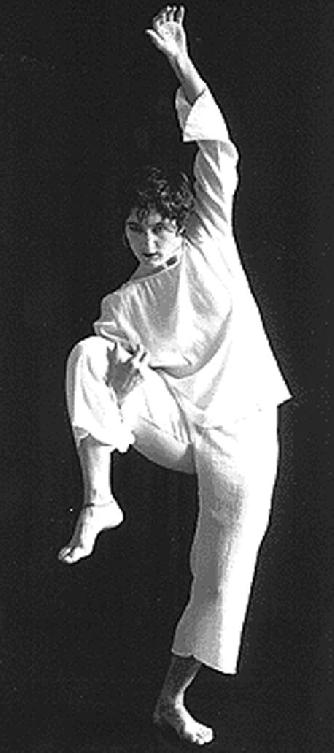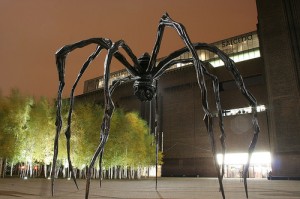The victim pulled the trigger on itself, detective Garth Clark says, but it was under the influence of Art.
That’s Art, no last name, sometimes known as Fine Art. And though the corpse keeps getting tricked out for public events like the stiff in the movie comedy Weekend at Bernie’s, the actual time of death was, oh, somewhere around 1995.
That, more or less, is the argument Clark gave to a packed and sometimes steaming house last night in the Pacific Northwest College of Art‘s Swigert Commons. Clark, a longtime gallery owner, curator and prolific writer on craft (the guy knows his porcelains), was lecturing on “How Envy Killed the Crafts Movement: An Autopsy in Two Parts,” and he meant every word of it.
As he delivered his wry and scholarly Molotov cocktail, Clark reminded me a bit of John Houseman in The Paper Chase, measured and severe but with a, well, crafty twist of humor to his delivery. He knew he was going to be tromping on some toes, and while he delighted in the process, he did so en pointe so as not to cause too many hurt feelings. “Hi, my name is Garth Clark,” he greeted the crowd. “I’m a recovering art dealer.”
 What is this art envy? Good question.
What is this art envy? Good question.
Surely it has something to do with money. Clark quoted one excellent potter of his acquaintance who says he and his friends have a word for potters who make a living entirely from their craft. It’s unicorns, “because we’ve never seen one.”
And surely it has something to do with reputation, with being taken seriously. Artists are simply thought of more highly, as more creative beings, more intellectual, and therefore more important (and, let’s underscore, more worthy of high prices in exchange for their work).
Perhaps it has something to do with escaping an eternal past. “Craft has been overdosing on nostalgia,” Clark averred. “This is craft’s Achilles heel.” That’s not surprising, he added, since the modern movement (which he stretches back 150 years, a very long time for a movement of any sort) was born as a revival, and thus looking backwards from its beginning.
Continue reading Craft commits suicide; art envy arrested on suspicion









